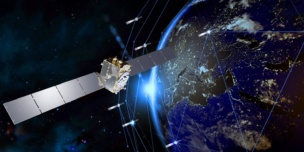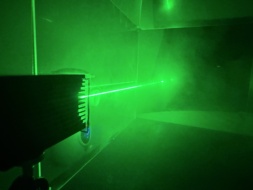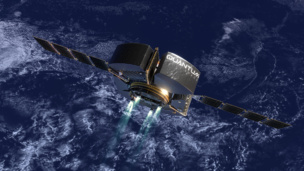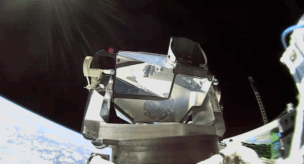Satellite operators looking for a plug-and-play propulsion pack will soon have another option—a plasma thruster fueled by a puck of pure molybdenum.
Benchmark Space Systems’ newest product, dubbed Xantus, is in orbit onboard a satellite operated by Orion Space Solutions that launched on SpaceX’s Transporter-10 rideshare mission.
Chief Commercial Officer Chris Carella told Payload the company already has 50 orders for the thruster, which fills a gap in satellite maneuvering capabilities thanks to its novel design:
- With no valves, tanks, or moving parts, there’s less to go wrong, and it’s completely inert when not in use, making it useful as a deorbit system for smaller spacecraft.
- The engine offers buyers high specific impulse for vehicles that cannot meet the power requirements for traditional electric satellite propulsion systems fueled with noble gasses like Xenon, with similar long-term endurance.
- The system’s design allows for precision control, making it useful for pointing on larger satellites as a complement to chemical thrusters.
- In the future, the thruster could be fueled with metals recycled on-orbit.
How it works: A powerful electric charge strikes the metal propellant, transforming some of the molybdenum into a cloud of plasma that pushes the spacecraft forward.

Similar techniques are used on Earth to generate thin coatings of metallic materials. Mahadevan Krishnan, a plasma physicist, and Kent Frankovich, a former NASA and Apple engineer, brought it to space as propulsion technology with their company Alameda Applied Sciences Corporation, which Benchmark acquired in 2022.
Tiny pressure: One of the biggest challenges with low-impulse thrusters is testing them on Earth—how do you measure, in one colorful phrase, the equivalent of a mouse fart? Benchmark says it has test-fired the Xantus system for more than 10,000 hours since 2018, including multiple tests at NASA Glenn’s vacuum chamber.
This story has been updated to clarify the specifications of the MPT.




